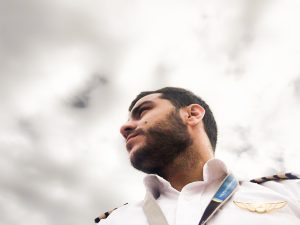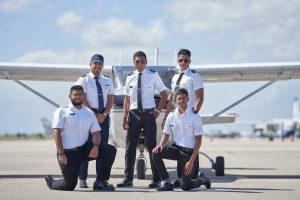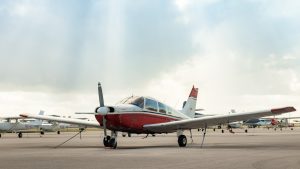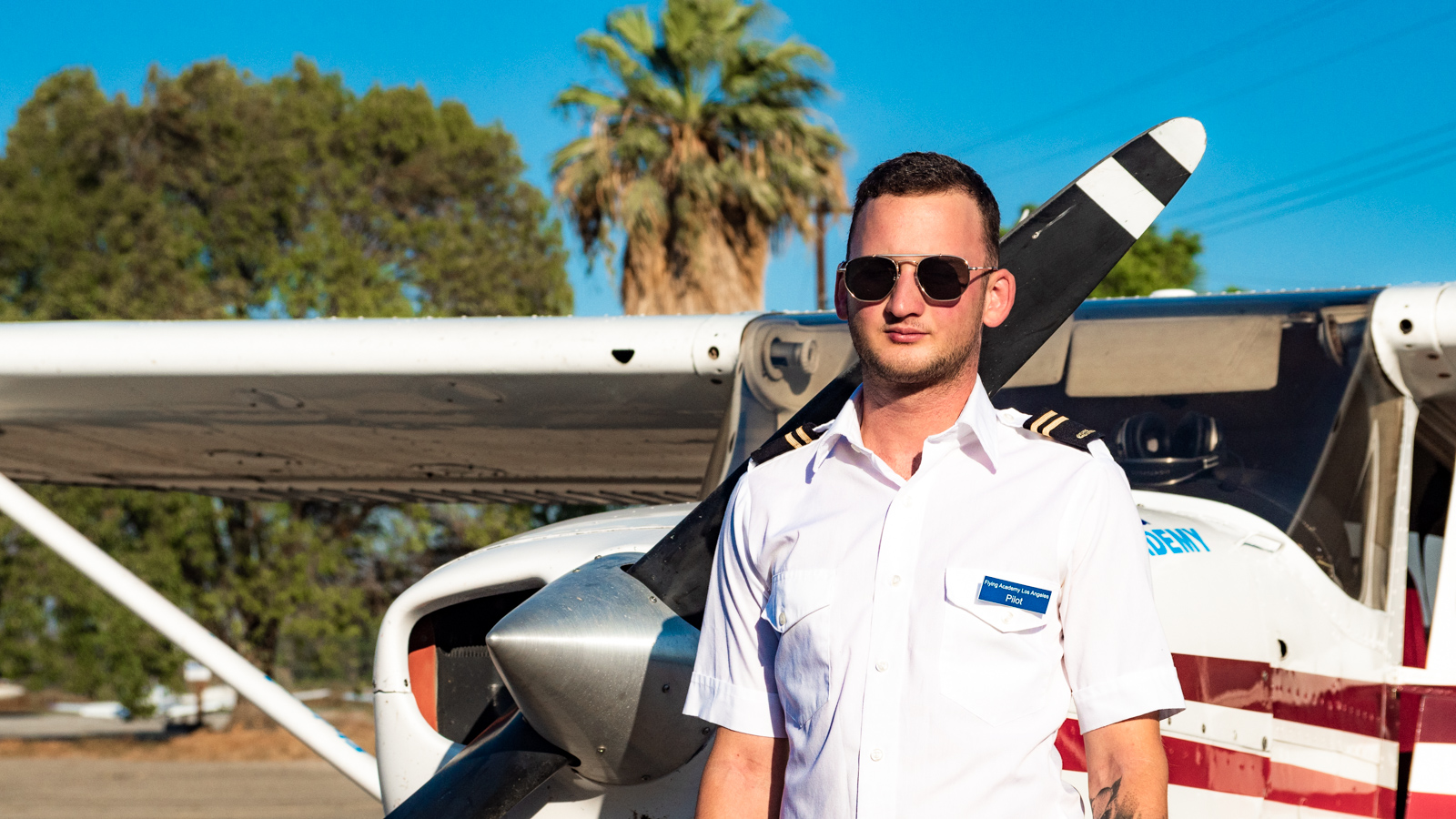
How to start?
Generally speaking, there are no wrong answers or incorrect paths to take. You must determine which route is best for you. When looking for a flight school, it’s important to find a school that offers a variety in aircraft, locations, good maintenance and one that offers both part 61 and 141 training. Additionally, when searching for a flight school, find a school that will allow you to receive one-on-one personalized training from an experienced instructor. Having a good or bad instructor can make or break a student.
Choose an aircraft. Which one is the one?
As an Instructor now, I can see the difference between students who have a good foundation and those who were taught to train to the bare minimum just to get by. The tone of the training starts with the instructor. After finding the right school, it is important to find the right aircraft for you. There are a couple of things to consider when choosing an aircraft. Some students choose aircraft based on what is most economical, others choose aircraft that will allow them to carry more passengers, and some choices based on the manufacturer’s design.
For example some like the low-wing design of the Pipers which provides better visibility, whereas others prefer the gravity fed high-wing Cessna design. Personally, I am a tall pilot and like the space of the Cessna 172 vs feeling cramped in Cessna 152. I recommend new students to try various aircraft to determine which one they like best. However, once a decision has been made, the student should stick with that aircraft for the remainder of training for their first license since during training they will need to learn the systems of their aircraft and every aircraft differs slightly.
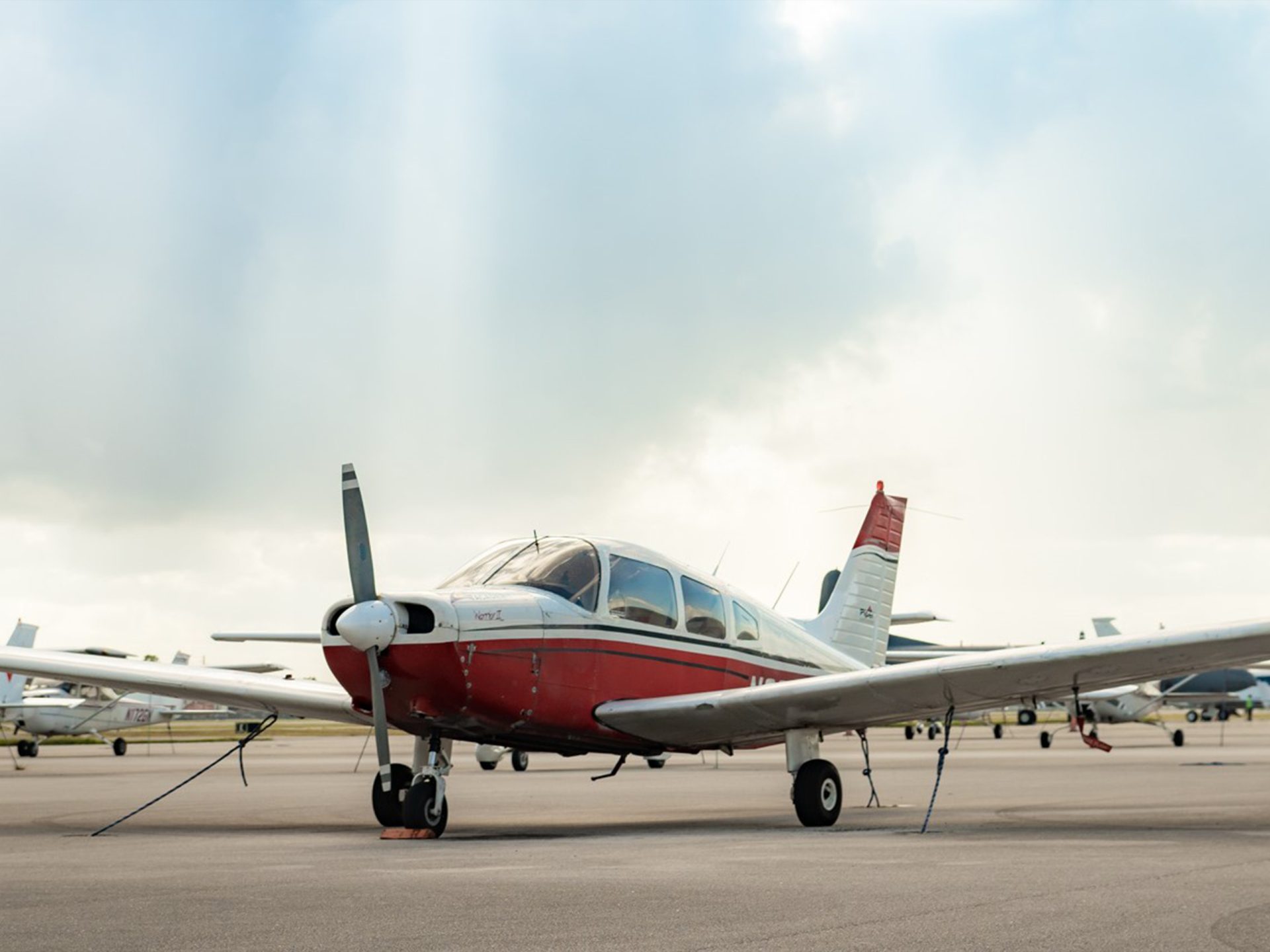
Part 61 or part 141, that is the question.
After completing one license, the pilot will be more experienced and can switch aircraft for the next license. Once a potential student has determined a school and aircraft, the next decision should be what type of curriculum they want to follow. The two types of certification are part 61 and part 141. Realistically, the license the pilot receives is the same whether they choose 61 or 141, however, it is important to choose a curriculum that best fits your schedule. Part-time students that cannot commit to a full-time schedule of at least 3 days per week would probably be a better fit for part 61. A student that wants a highly structured environment and can commit more days to train per week might enjoy the benefits of part 141, including reduced hours necessary for training.
It is important to note that each curriculum builds on top of each other. For example, if a student does part 141 for instrument rating then decides to go part 61 for a commercial license, they will not have all the requirements met from part 61 Instrument. Part 61 commercial requires 50hrs of cross-country PIC (pilot-in-command), which is also a requirement for part 61 instrument, however, it is not a requirement for part 141 instrument. Therefore, a part 141 instrument pilot will need to build those hours if they desire to do commercial under part 61. As with the part 61 vs 141 decision, a student can determine whether or not they want to do private license, instrument and the commercial single engine, then add the multi-engine to their commercial later or if they want to do multi-engine sooner. Again, there is no right or wrong answer, the determining factor is what fits the student pilot best.
Locate yourself.
At Flying Academy, students can choose from several bases in the Czech Republic (Prague or Brno) and the US (Los Angeles or Miami). We have several aircraft including the Cessna 152, 172R, 172SP, 172RG and Piper warriors. Additionally, we use both a Piper Seneca and Seminole for multi-engine training. As for our instructors, we have a variety of CFI, CFII and MEL instructors of which many are bilingual.
Make sure you are in safe hands.
Maintenance at Flying Academy is under the supervision of a certified A&P mechanic with his Inspector Authorization.
I know It can be difficult to know what to look for when starting training, especially when you have no background in aviation. I hope this short blog can help and all the best in your aviation career!
Chris Breaux
CFI-CFII-ATP-747-E175



